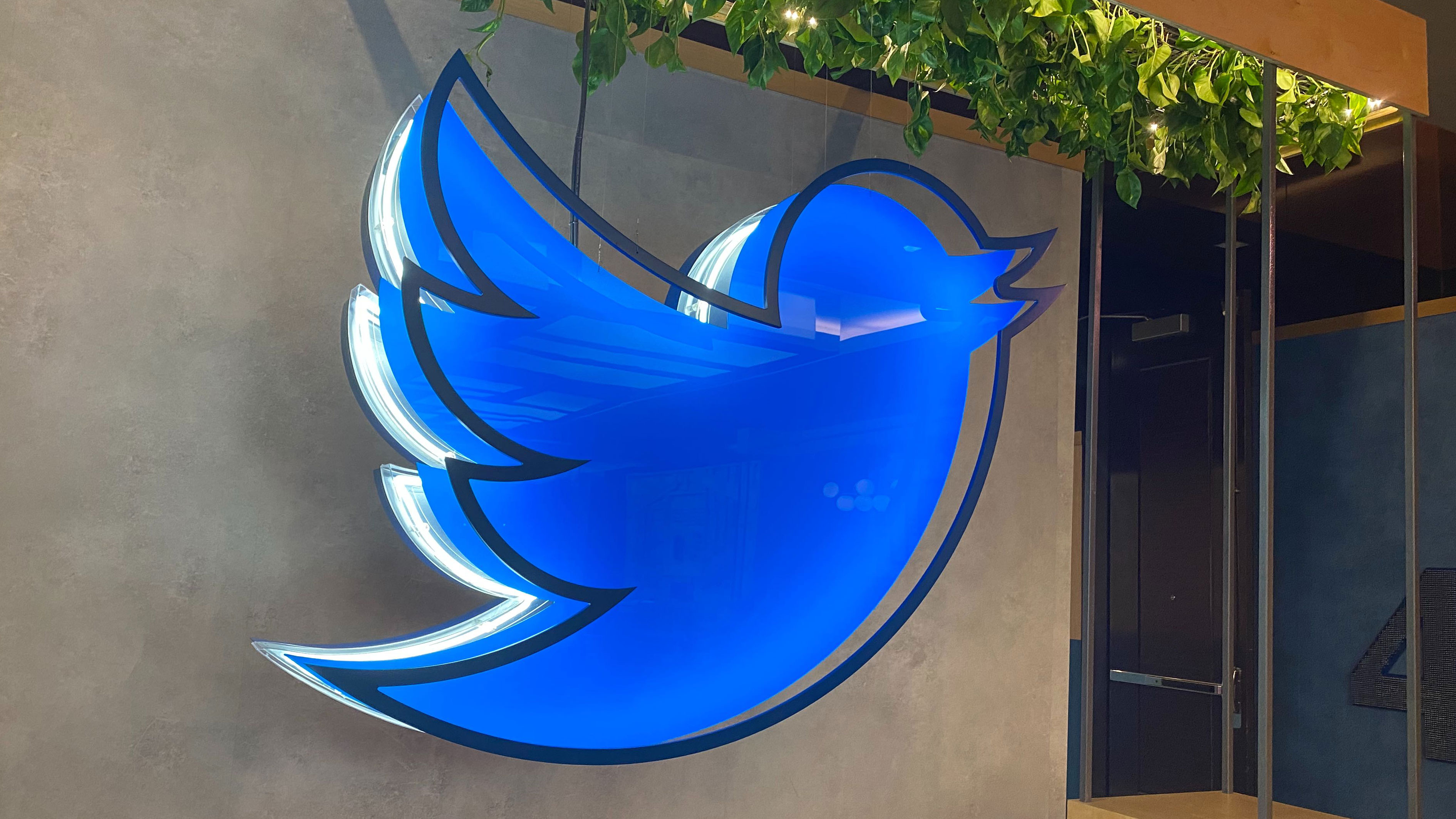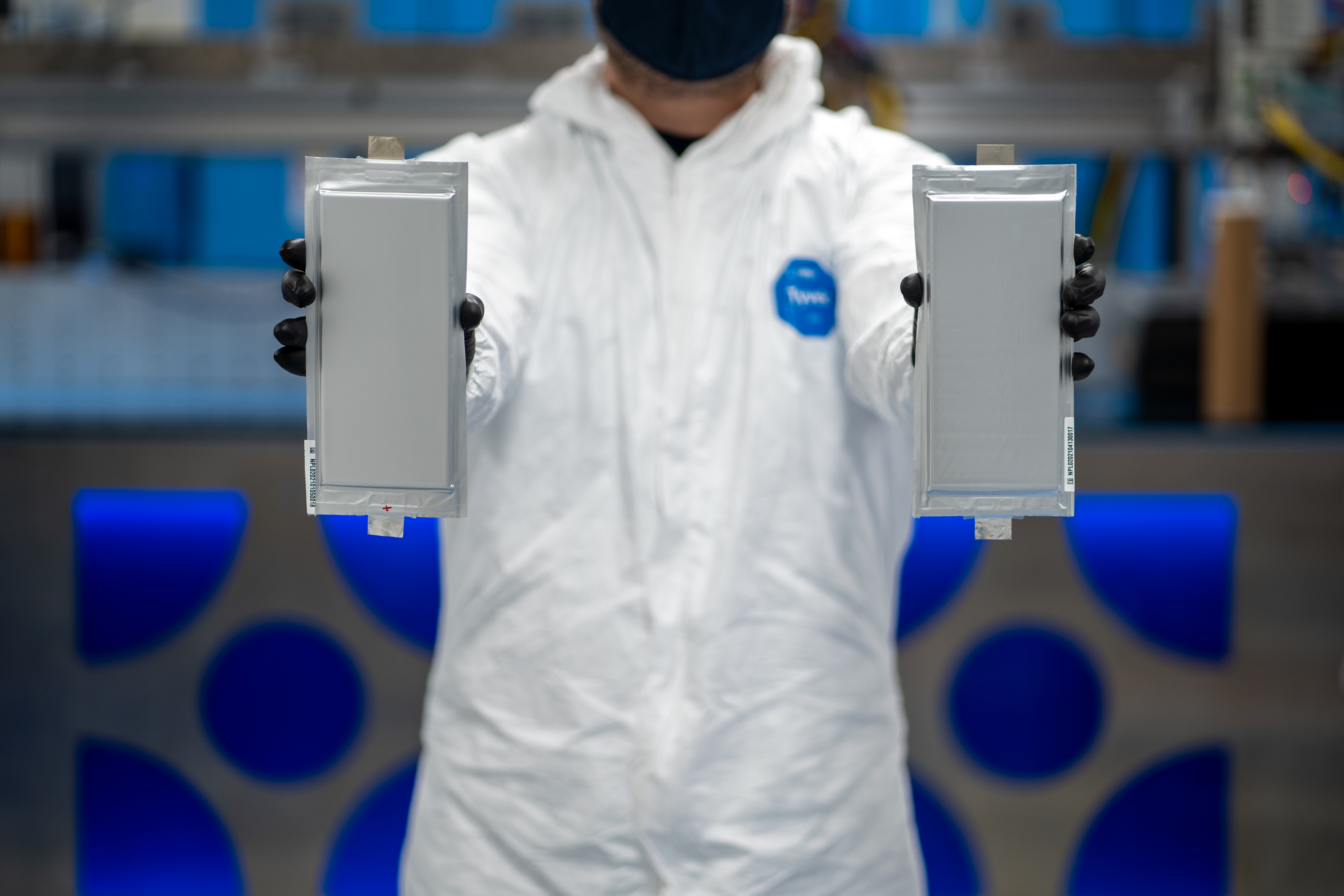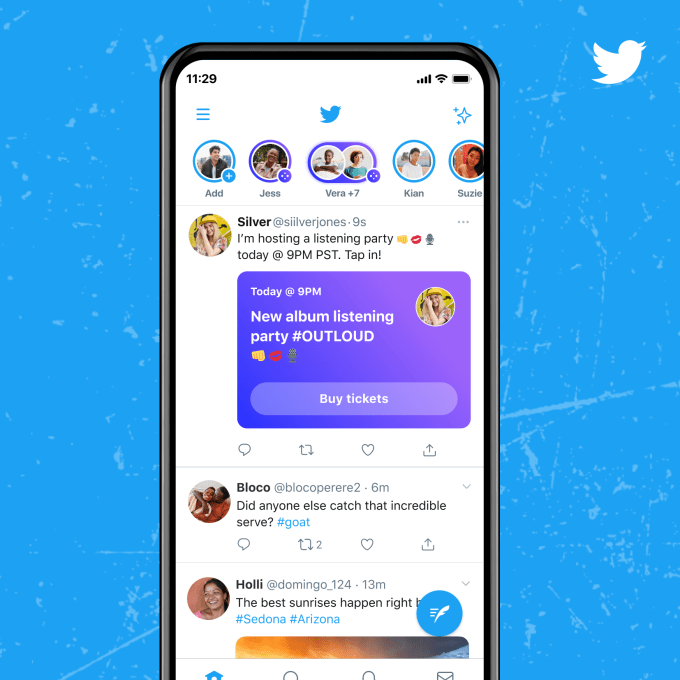To get a roundup of TechCrunch’s biggest and most important stories delivered to your inbox every day at 3 p.m. PDT, subscribe here. TechCrunch’s new home The original plan was to spend a minute today explaining that the Daily Crunch is now being put together by a new and expanded team. I, your friend Alex,
To get a roundup of TechCrunch’s biggest and most important stories delivered to your inbox every day at 3 p.m. PDT, subscribe here.
TechCrunch’s new home
The original plan was to spend a minute today explaining that the Daily Crunch is now being put together by a new and expanded team. I, your friend Alex, will be writing and collecting the main sections from here on out. We’ll also have input from Walter and Annie on the Extra Crunch side of things (like today’s Exchange column!), along with community notes from Drew and more. It’s going to be great.
But with the news out today that TechCrunch’s parent company’s parent company is selling our parent company to a new parent company, we can’t do anything but admit that our newsletter shakeup is hardly the biggest news story of the day.
You can read more of TechCrunch’s coverage of the deal here. We will have more on the matter in the coming weeks. You’ll learn more about it as we do.
I am beyond excited about getting the chance to write to you every day. A big thank you to Anthony Ha, who ran this fine newsletter for so long. But there is a lot of startup and tech news to get through today, so let’s put aside private equity buyouts of legacy media assets for the moment and get into the stuff we care about the most.
The big story: The Duolingo EC-1
TechCrunch has covered the explosive edtech sector extensively over the last year (some examples here and here), largely thanks to Natasha’s work. She joined the TC team just before the pandemic, making her focus on education technology instantly prescient as the world went into lockdown. Remote education became the default, and several billion dollars in venture capital quickly chased the trend.
Now, on perhaps the other end of the COVID era, Natasha just published a deep dive into one of the most fascinating companies in the edtech arena: Duolingo. Per her reporting in her brand-new EC-1 investigating the company, Duolingo has scaled to 500 million users and $190 million in 2020 bookings.
Edtech is now big business, and after a history of being a place where venture capital goes to die, it’s instead a red-hot sector with a . I’m still chewing on the 10,000+ words that we just shipped on Duolingo, but it’s clear already that Natasha crushed this particular assignment.
Startups and venture capital: Either NFTs are the next big thing or a lot of people are very wrong
Let’s talk startups, yeah? Turning to the day’s news, I found a few gems for your delectation.
We’ll start with Zoomo, an Australian e-bike company (formerly Bolt Bikes) that wants delivery folks to snag a subscription to its two-wheeled zoomers. As TechCrunch recently reported, you may have heard of the company after it “made a name for itself through partnerships with Uber Eats and DoorDash to help delivery workers access e-bikes through weekly subscriptions at discounted rates.”
It has since expanded to 10,000 bikes internationally and wants to work with companies of all sorts on getting their workers kitted about with its hardware. And it just raised $12 million. Let’s see how far its new capital allows the company to, er, scoot ahead.
Next up is Gatheround, which just raised $3.5 million in a seed round. The company, formerly known as Icebreaker, helps remote teams conduct engaging video meetings. Which is not a bad idea, as sometimes you need a little help to break the damn ice.
Per our own Mary Ann Azevedo, “Homebrew and Bloomberg Beta co-led the company’s latest raise, which included participation from angel investors, such as Stripe COO Claire Hughes Johnson, Meetup co-founder Scott Heiferman, Li Jin and Lenny Rachitsky.”
Finally, it is impossible to cover startups in 2021 without NFTs cropping up somewhere, so let’s allow Lucas Matney to tap our brains into the cryptoverse:
The creators behind CryptoPunks, one of the most popular NFT projects on the web, just revealed their latest project called Meebits. The project boasts 20,000 procedurally generated 3D characters that are tradeable on the Ethereum blockchain.
I won’t lie, why not procedurally generate 200,000? Or 2,000,000? Or 20? A lot of my friends are tweeting about bored apes and breeding digital horses. Meanwhile, I sit around a stack of paper books feeling at once like a caveman and an oracle able to see what won’t last. Either way, it’s the year of non-fungible digital ownership of proof of digital ownership of fungible images.
Further reading:
The tech giants: Twitter vs. Clubhouse
Turning to the Big Tech companies, there was a good chunk of news today, the most important of which is that Twitter’s push into live audio is no joke. Nor is it some sort of side project that never really gets the full attention of the social giant’s product team. Instead, Twitter announced today that “it’s making Twitter Spaces available to any account with 600 followers or more, including both iOS and Android users,” Sarah reports.
Even more, the company also “officially unveiled some of the features it’s preparing to launch, like Ticketed Spaces, scheduling features, reminders, support for co-hosting, accessibility improvements and more.” Get hype, kids; Twitter versus Clubhouse is now in its second round and we’re pretty hype about it.
Two more things for your reading pleasure: When it comes to the biggest tech companies, a key topic — and the current theme of a lawsuit between Team Fornite and Team Dongle — has been the cut of revenues that app stores of all stripes get to take. Long stuck at 30%, a rate that Apple is apparently determined to stick to regardless of how poorly it makes them look, there’s movement on the matter.
Today, Epic Games bought ArtStation and instantly cut its commission rate from the 30% that it was to the 12% that Epic now charges on its own games store. Microsoft previously reduced its cut to 12%. That sound you hear is Apple screaming as some of its record net income is slowly eroded by more creator-friendly business practices.
Finally, in the world of Big Tech, Dell is selling Boomi to help cover the debts it accrued by buying EMC. Ron Miller has the details.

Image Credits: TechCrunch
Advice and analysis from Extra Crunch
Analytics as a service: Why more enterprises should consider outsourcing
As KPIs go, return on experience (RoX) ranks near the top of the list. Unfortunately, many startups have no way to measure RoX — doing so requires a holistic approach that exceeds the capacity of most growth-focused, early-stage companies.
Startups that need to develop a data strategy while conserving engineering resources are driving growth in the analytics-as-a-service (AaaS) market. If you’re looking for insights into winning customers over strategically, cutting technical costs and making better decisions faster, AaaS can help you set realistic expectations.
How to attract large investors to your direct investing platform
A changing regulatory environment and pandemic-fueled growth has created a lot of new wealth and increased interest in direct investing.
In a guest post for Extra Crunch, investor David Teten examined several online platforms that serve as market-makers to get a better sense of how they attract investors and increase engagement.
These companies play for high stakes, says Teten, because a competent direct-investing platform must be able to operate as seamlessly as a traditional fund.
(Extra Crunch is our membership program, which helps founders and startup teams get ahead. You can sign up here.)
Community
Come hang out on our shiny new Extra Crunch Discord server. Why do we have a Discord server? Great question; glad you asked. TechCrunch writers, company founders, investors and everyone in between can’t keep up with noisy Twitter banter in a meaningful way, so now we have a home to chat about just about anything that’s on your mind. Join us!
We’re absolutely thrilled to have FirstMark Capital Managing Partner Rick Heitzmann and Orchard CEO Court Cunningham join us on an upcoming episode of Extra Crunch Live. The event takes place on May 5 at 3 p.m. EDT/noon PDT. Register for free here.

Image Credits: Orchard / FirstMark Capital











